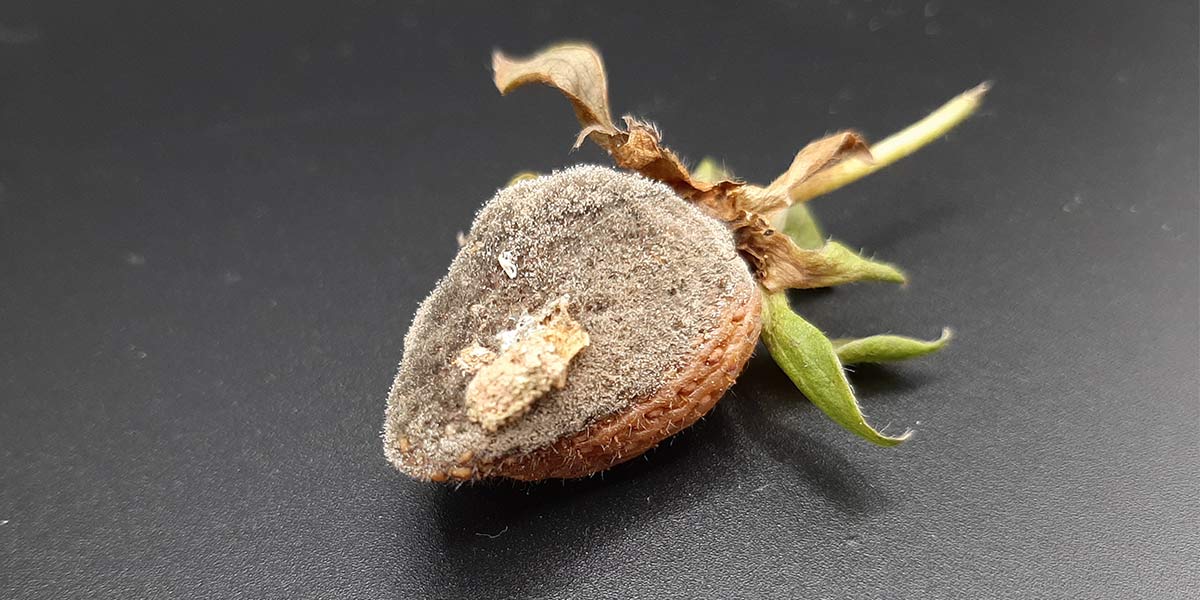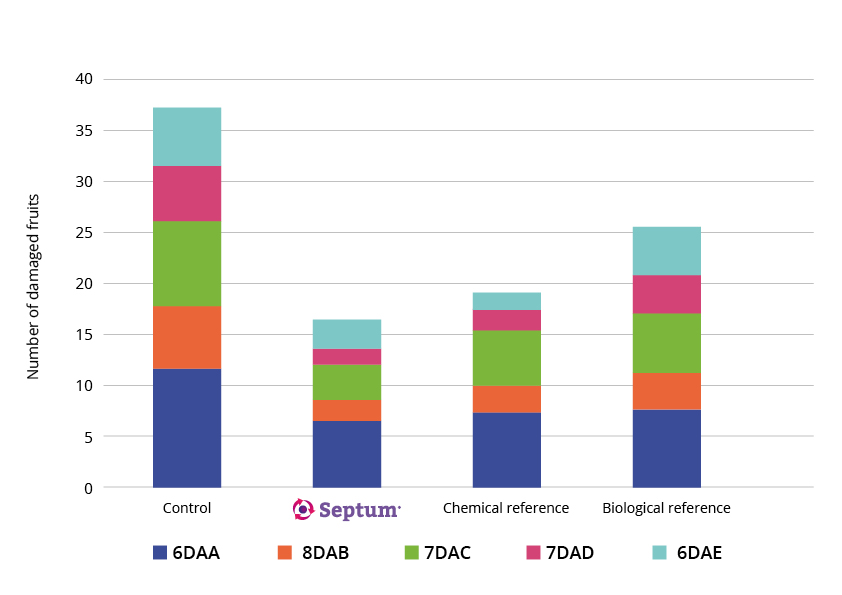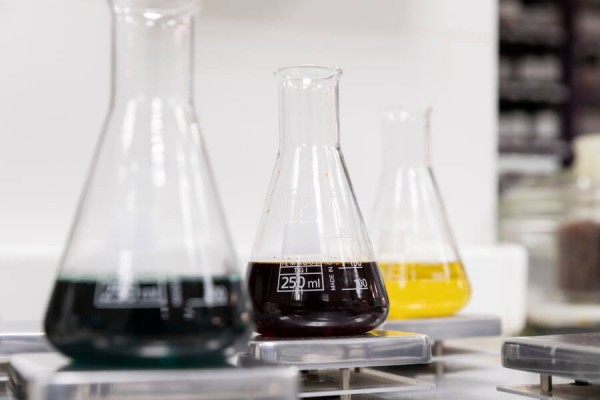Botrytis on strawberries: learn how to control the disease

Strawberry affected by botrytis infection
Controlling botrytis on strawberries is one of the priorities for berry growers as we enter the season with the most favourable environmental conditions for infection, i.e. cool environments and high relative humidity, rain periods and temperatures between 17º and 22º.
However, climate is not the only factor in the introduction and spread of grey rot. The fungus Botrytis cinerea on strawberries can also be caused by poor cultural practices such as the presence of transplanted material or contaminated leftovers in the soil or on neighbouring plots as the fungal spores are easily spread by air or water.
Recognising botrytis on strawberries is relatively easy, as the visual symptoms are very obvious. We are talking about a fungus that is not only very common in berries, but is also very versatile and can appear at any stage of the crop cycle.
Botrytis on strawberries usually starts on the leaves or flowers and the symptoms reveal the presence of brown spots. Care must be taken here, as sometimes the fungus remains dormant and only becomes active at maturity, making the infected leaves appear healthy.
In fruit affected by grey rot, the tissues show light brown and watery spots, which are then covered with a whitish powder, giving a mouldy appearance (hence the common name grey mould).
Fungicides for botrytis on strawberries
Seipasa recommends the use of Septum to stop the progress of the disease and control botrytis on strawberries in a safe and effective way.
Septum is a powerful natural solution with fungicidal activity, developed from organic and inorganic fractions of phenols, saponins, flavonoids and silicic acid from the extract of Equisetum arvense which, when isolated and in balanced proportions, ensure maximum efficacy of the product.
Septum has a dual preventive and curative action. On the one hand, it strengthens the plant's plant structures against fungal diseases. It provides structural stability and mechanical resistance to fungal attack. On the other hand, it causes the breakdown and dehydration of fungal tissues and interrupts fungal sporulation.
Graph 1 shows exactly how the product works in its biofungicidal action to stop and control the progress of botrytis on strawberries. It shows the sum of fruit affected by the fungus during 5 consecutive harvest passes.
In the plots treated with Septum, the results show a 56% reduction in the number of damaged fruits compared to the control. The performance of Septum is more efficient than the chemical and biological references respectively, as they show a higher number of damaged fruits at the end of the trial.
Figure 1: Number of damaged fruits affected by Botrytis cinerea.
Septum is an excellent alternative for inclusion in integrated disease management strategies to reduce the chemical burden of treatments. It is compatible with organic production strategies and has no safety period, so it can be applied the day before harvest with the confidence that it will not affect the fruit quality.
Cultural measures against botrytis on strawberries
In addition to the use of phytosanitary treatments, the strategies to control botrytis on strawberries also include a series of preventive measures aimed at widening the planting frames to favour airflow and ventilation between plants and, above all, destroying crop residues and damaged fruit to prevent the possibility of new infestations.
It may also help to establish the crop under netting or a tunnel to minimise the impact of environmental conditions that may be conducive to disease emergence.




